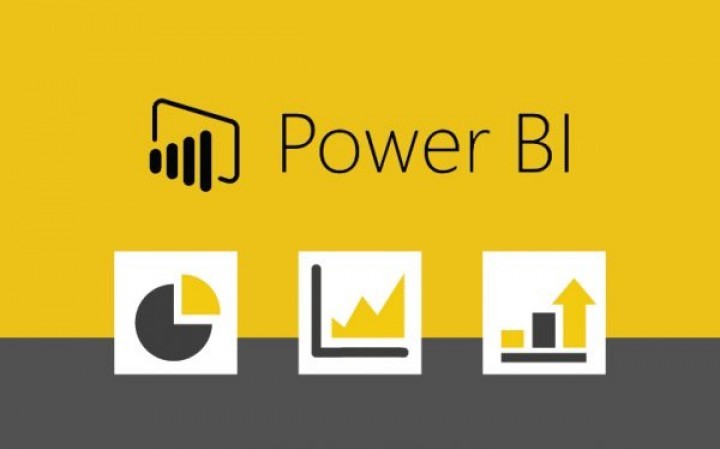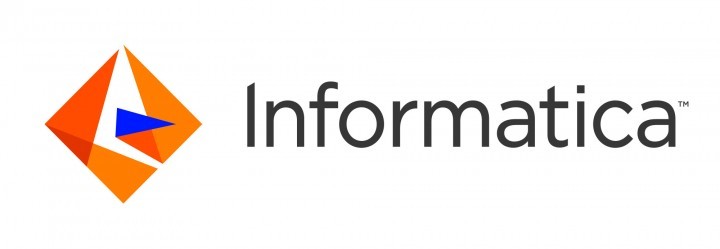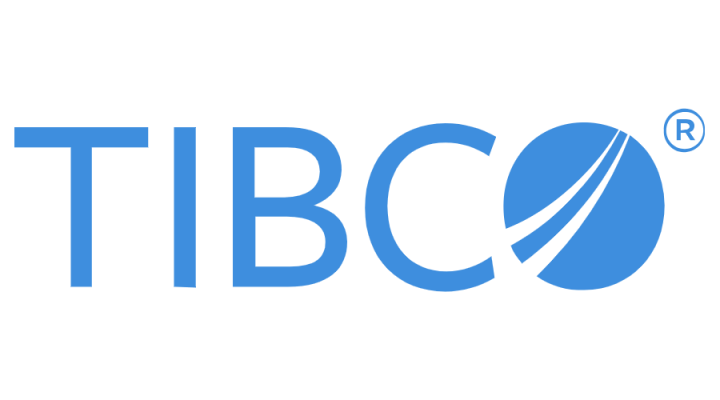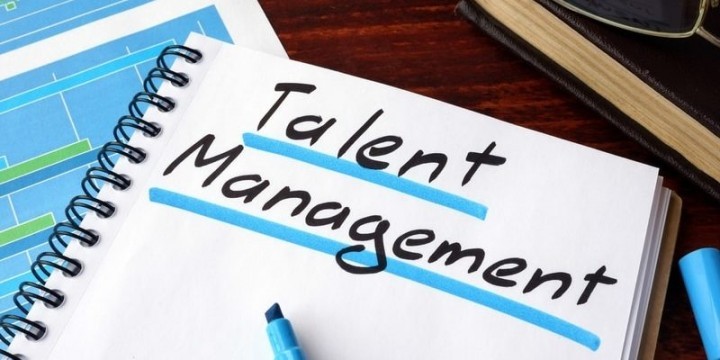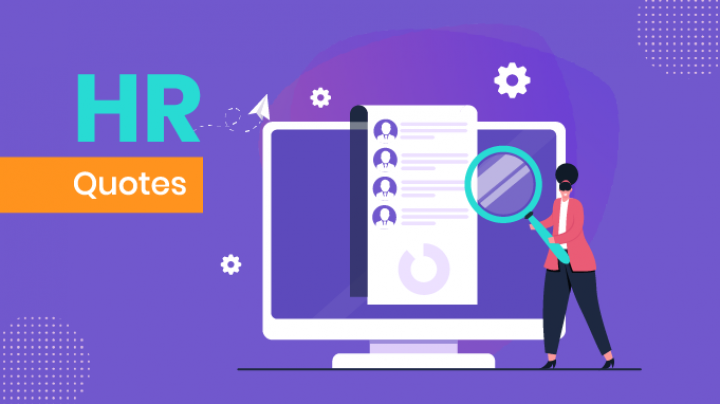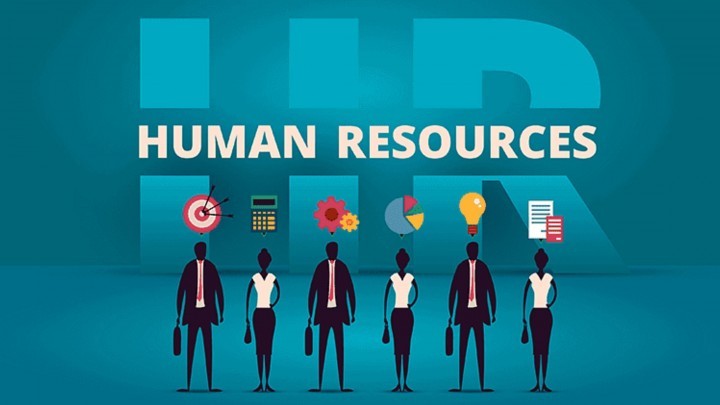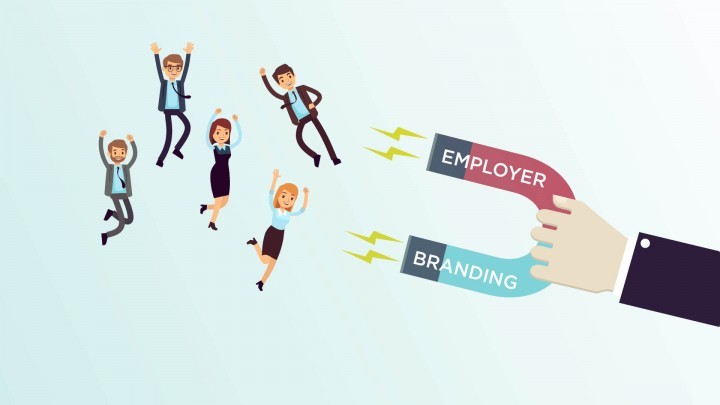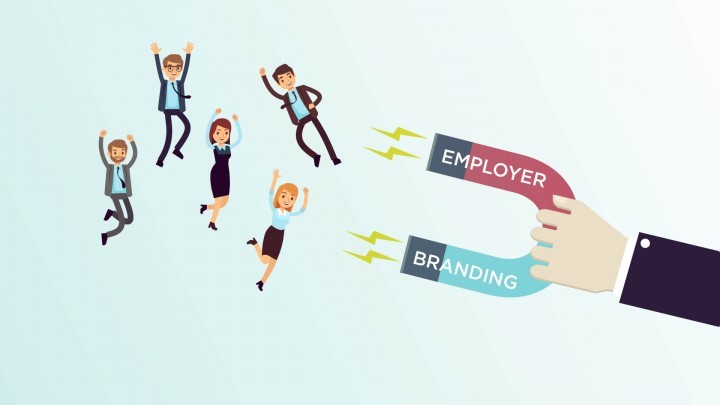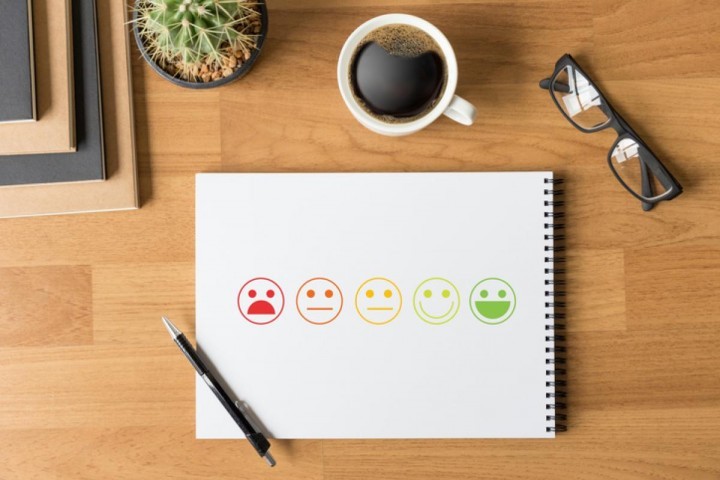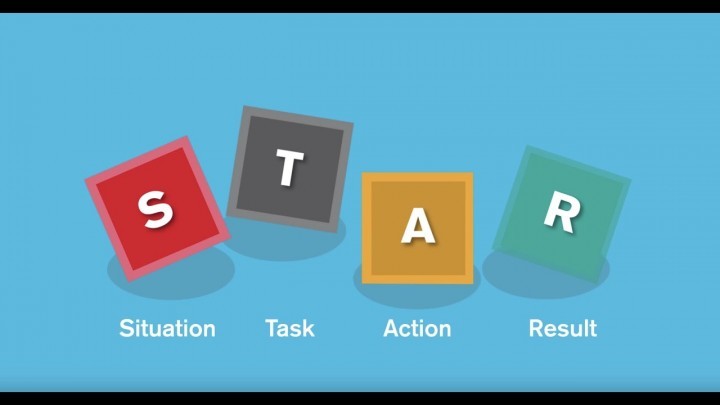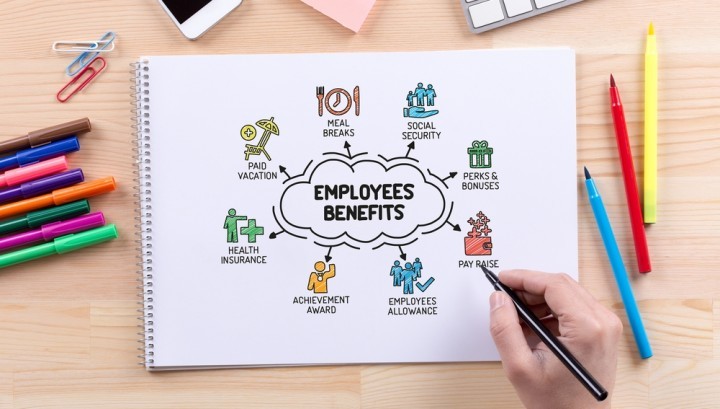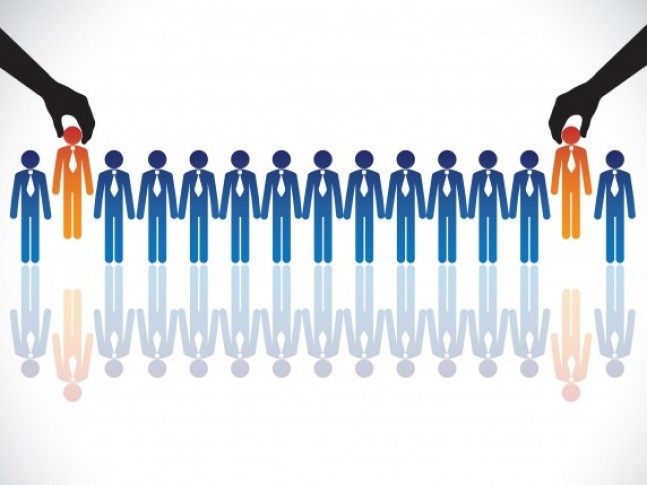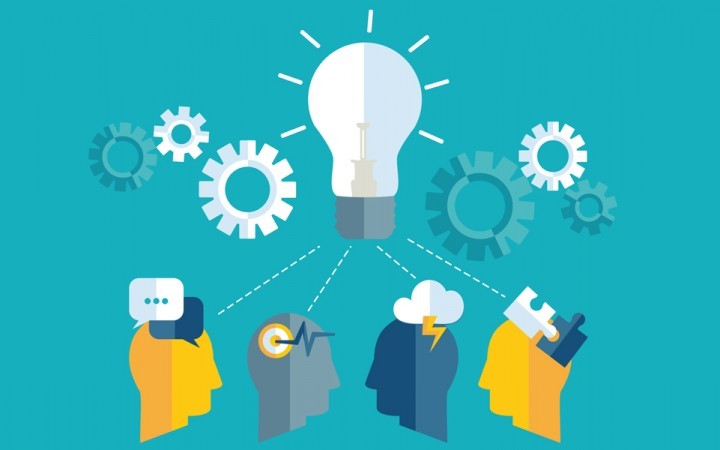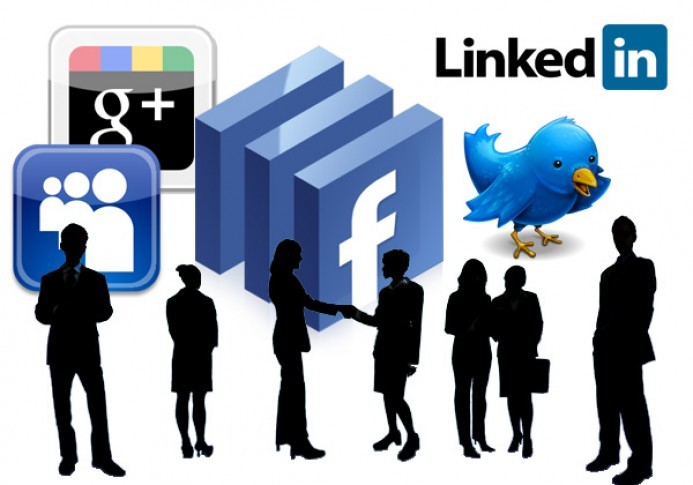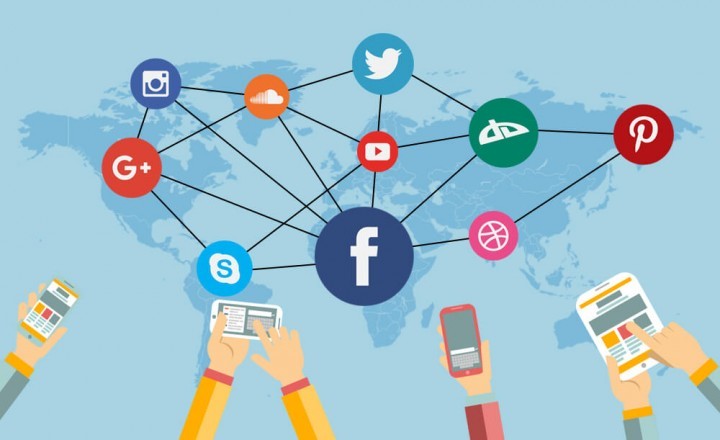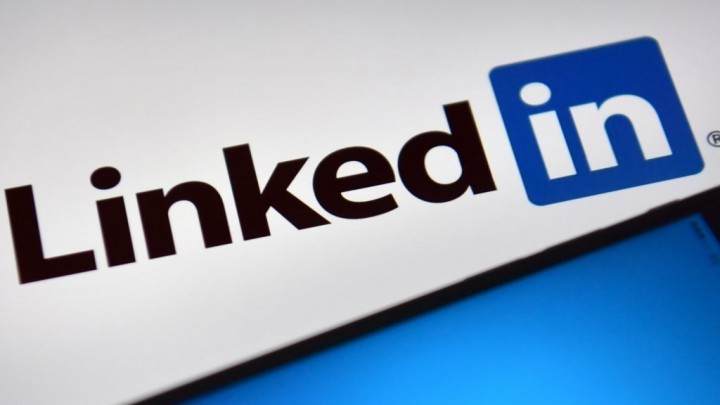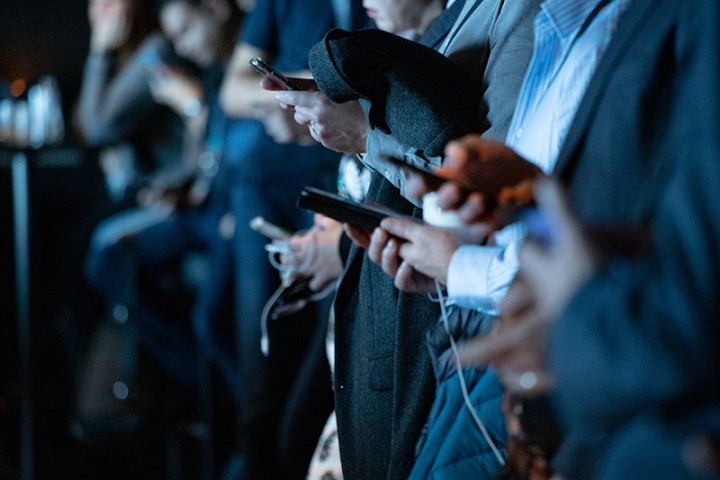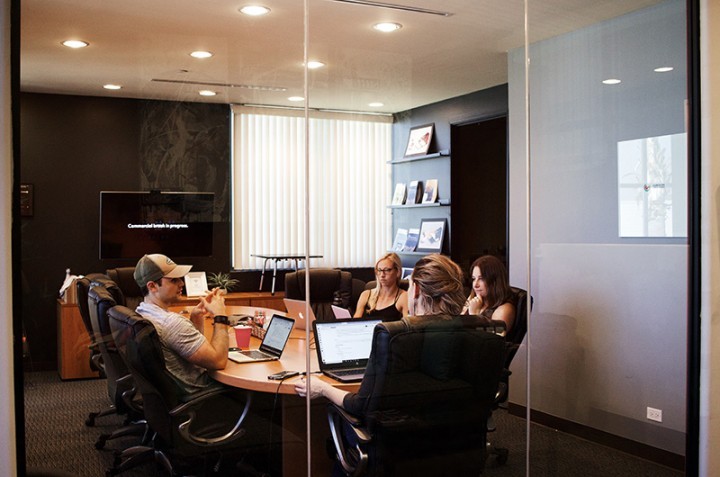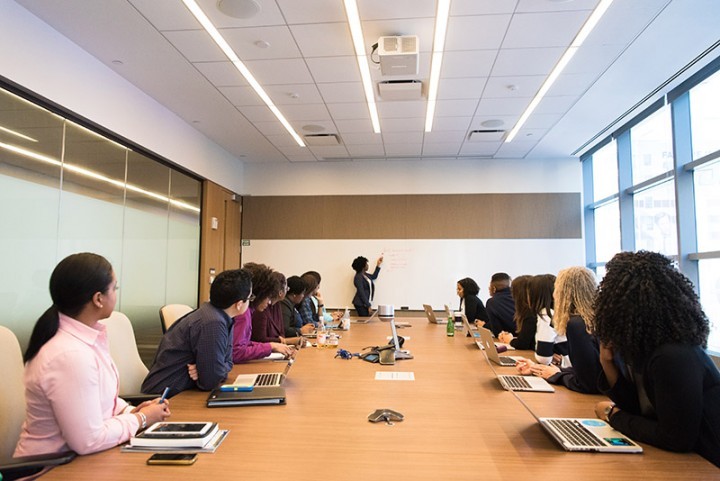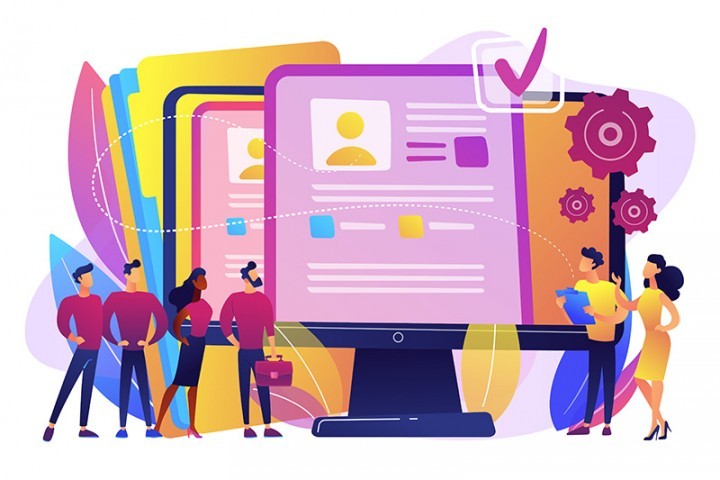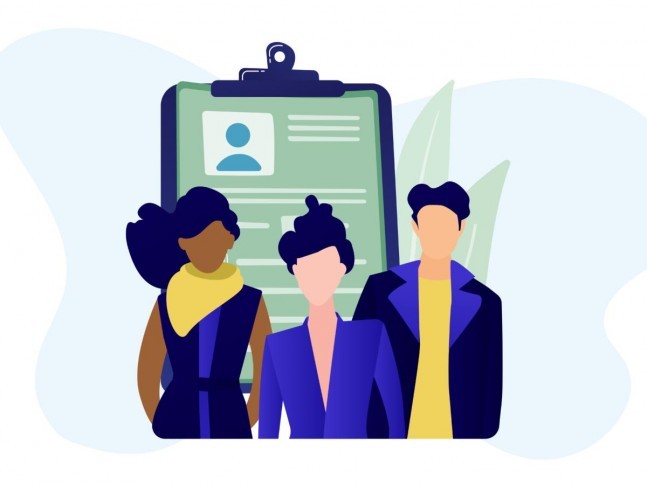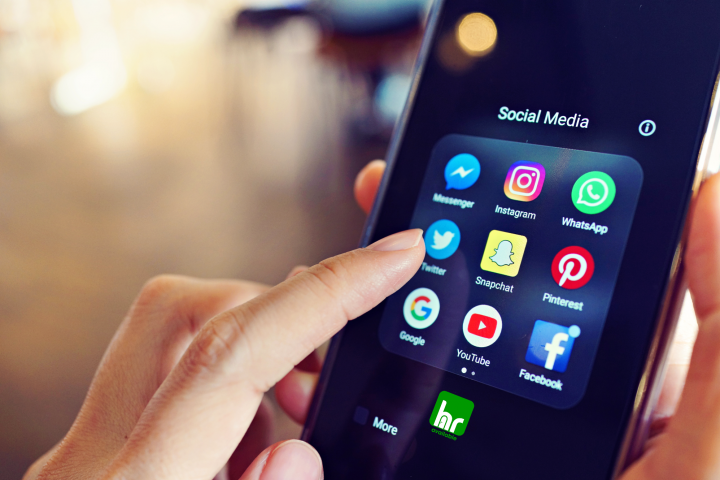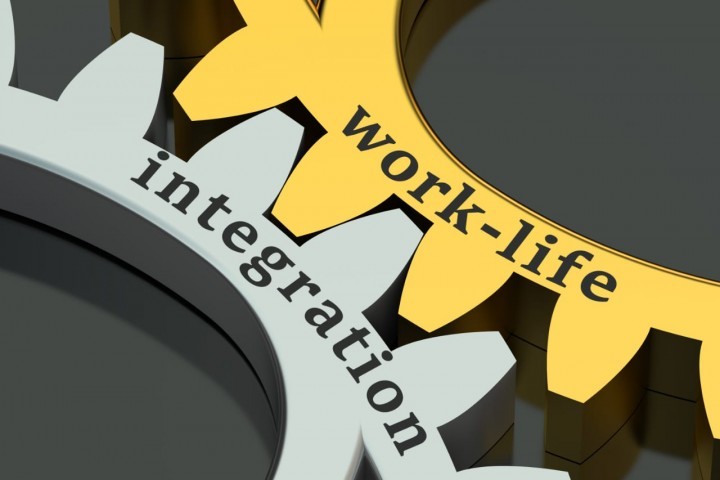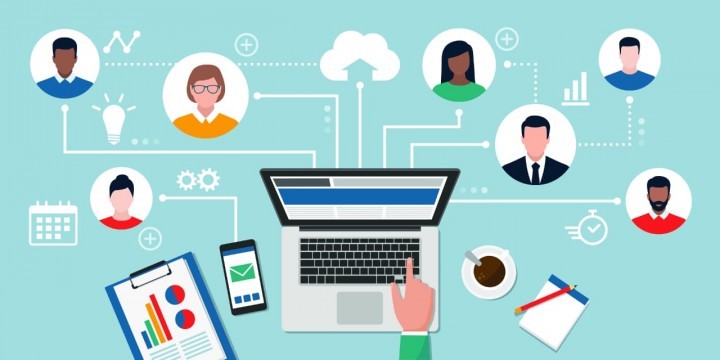
Digital Burnout at Work and how to deal it
The use of technology at work is now an indispensable resource. The digital revolution has changed every aspect of a business, from social relationships to internal and external communication, to the way normal activities are handled like, meetings and the way work is organized.
If you use the internet a lot like I do, you probably feel burnt out sometimes. Digital burnout is fatigue and stress caused by prolonged use of technology. As technology makes it easier to transmit information than ever (which leads to a flood of information); as businesses adopt addictive web design to keep users past the point of optimal use; and as the internet is driven by click-bait content rather than quality (a natural occurrence when something reaches mass adoption), we need to be more conscious about how we use technology and the internet.
What is Digital Burnout?
The latest innovations have undoubtedly made the workplace more efficient and, in many cases, increased worker productivity. Yet, there is a dark side behind such a technological revolution.
One of the potential outcomes of the spread of digital tools in the workplace, for example, is so-called "techno-invasion", the phenomenon whereby the use of technology to perform one's work tasks remotely causes employees to perceive their work/life boundaries as permeable, resulting in an increase in work-family conflicts.
Digital Burnout is a specific type of exhaustion triggered by the prolonged use of digital devices. Physical signs include sleep disorders, decreased energy, and even chest pains. Digital burnout can be difficult to diagnose, however, because the problem develops gradually, and people may not know they are burned out until it is too late.
Symptoms of Digital Burnout
Decreased physical energy: Decreased energy and feelings of fatigue can be, in combination with others, one of the key symptoms of digital burnout.
Insomnia, headaches, and muscle pain: Decreased energy can be linked to fewer hours of sleep or lower sleep quality. But that's not all: stress-related headaches and a generally compromised immune system are some physiological symptoms of employee burnout.
Decline in attention: Digital burnout is also often associated with an inability to concentrate. In this case, technology certainly doesn't help. Being constantly bombarded with notifications and email messages greatly reduces our attention towards the task at hand.
Loss of motivation: Another key symptom of Burnout is the decrease in interest and motivation towards work, with a progressive decline in professional performance.
Frustration: The resource begins to believe that he or she is worthless and unappreciated and engages in avoidance behaviours such as procrastination, taking extended breaks or sick leave, etc.
Disengagement: The worker enters a state of apathetic detachment: they are disappointed and intolerant. In this phase, he generally begins to think about quitting the job or performing it with absolute superficiality and disinterest.
Anxiety or depression: If left unchecked, Burnout can trigger more serious problems, such as anxiety or depression, especially in individuals who may already be predisposed to these conditions.
Dealing Digital Burnout
The many factors that cause digital employee burnout can be solved with small changes in the way the organization and leaders interact with employees on a daily basis and show recognition and appreciation for the work they do. Here are some corporate best practices.
Here are 5 tips from HRavailable to deal with digital burnout and navigate our increasingly digitized world.
1. Spend less time online
Your phone and computer allow you to be in contact with your co-workers 24/7. Try putting your phone away when you are having dinner with the family, taking a walk, or watching a movie. Also, do not check your work email before you go to bed. Relax and get a good night’s sleep. Your messages will be there in the morning.
2. Create work-life boundaries
Technology has made it so that workers are virtually always reachable. However, that doesn't mean they have to be connected all the time as well. If your employees are engaging in work outside of their hours, you're promoting a toxic work culture. An "always on" work environment threatens your employees' motivation and increases the risk of burnout.
Encourage your employees to find the right work-life balance, such as encouraging them to turn off notifications after their hours. Make it clear that emails received outside of work hours don't require a response until the beginning of the next day.
3. Discourage the use of PCs and phones in meetings
We're so used to living perpetually connected that our attention is automatically drawn to our devices at any time of day, constantly searching for a notification on our smartphones. It happens even while watching a movie or on vacation.
For these reasons, the use of devices such as PCs and phones make meetings less efficient and less collaborative. Think about how many times you've seen, during a meeting, your co-workers get distracted by a notification, answer an email, or simply check their phones repeatedly because they're waiting for an important message. It's what's called multitasking, but it can severely undermine the well-being of your employees.
4. Avoid social tools of no values
it’s good to think about the value that each tool adds to your life rather than blindly using it. What social media tools do you use? For each tool, does it serve or drain you? If it’s draining you, is it time to cut down on your usage or remove it altogether? Organize these social tools around your needs and life, not change yourself just to fit these tools.
5. Declutter
Go through your phone and computer and delete the stuff you don’t want and don’t need. Take some time to tidy up the data in your digital devices like bookmarks, desktop icons, apps, download files etc. Likewise delete and organise your email also.
Also, have them turn off notifications while performing specific tasks to reduce distractions and work more calmly.
Other than the above points, HRavailable strongly suggests to implement the use of the calendar to set limits on the workday. If an employee is on vacation or has finished their work hours, they cannot and should not be invited to meetings, even if they are held remotely, because it would be an invasion of their private life.
HRavailable keeps you updated on the latest news in the UAE job market.
Get to know more in-depth knowledge on various HR related topics visit HRavailable.
HRavailable keeps you updated on the latest news in the job market.
Get notified about the latest job openings through HRavailable and never miss a chance to get noticed by the recruiters.



